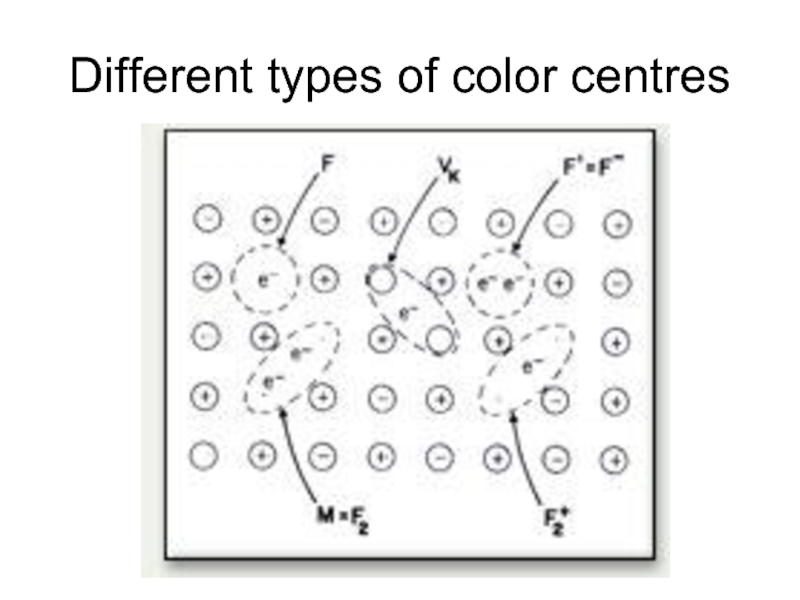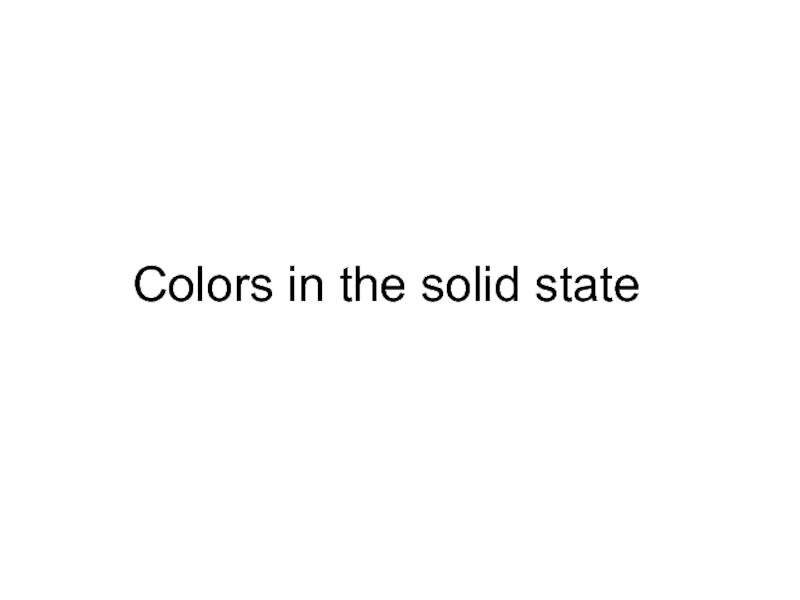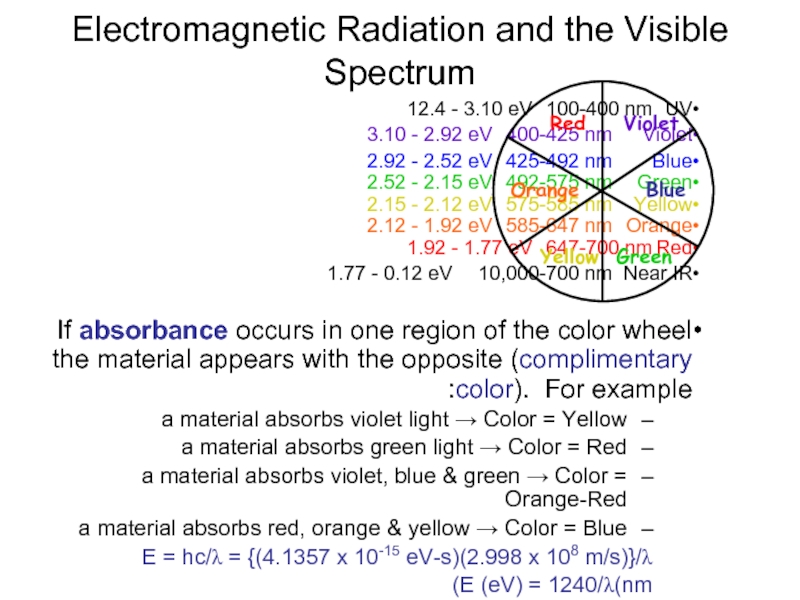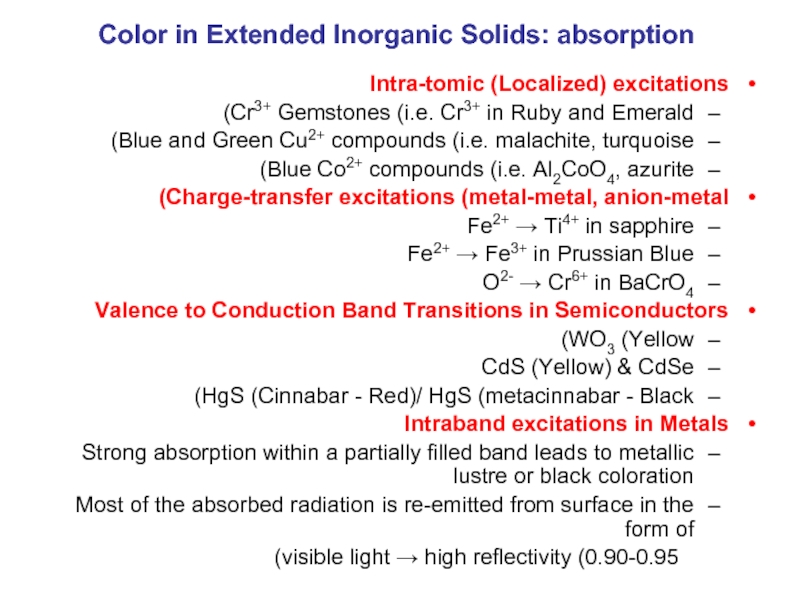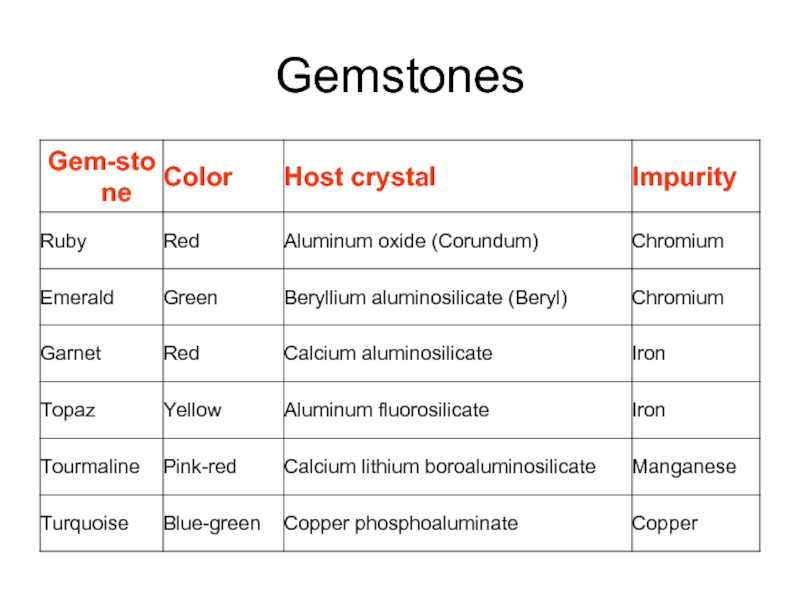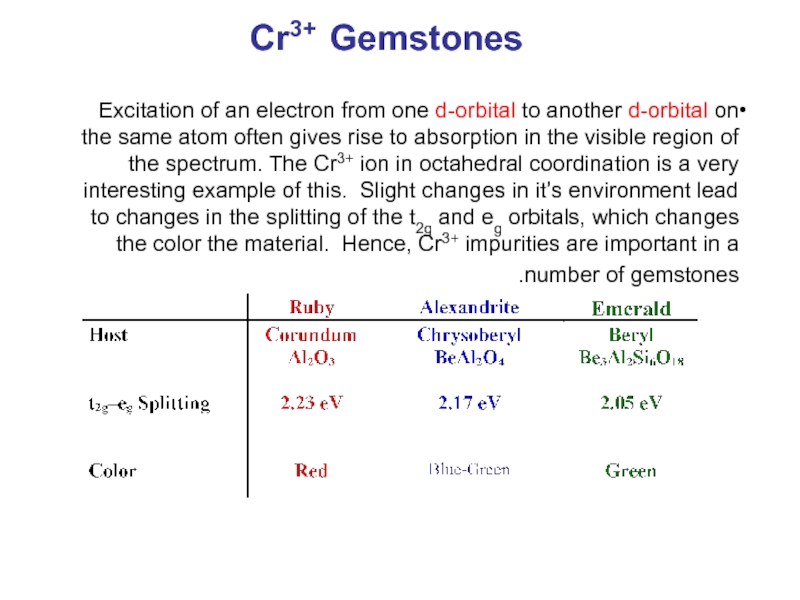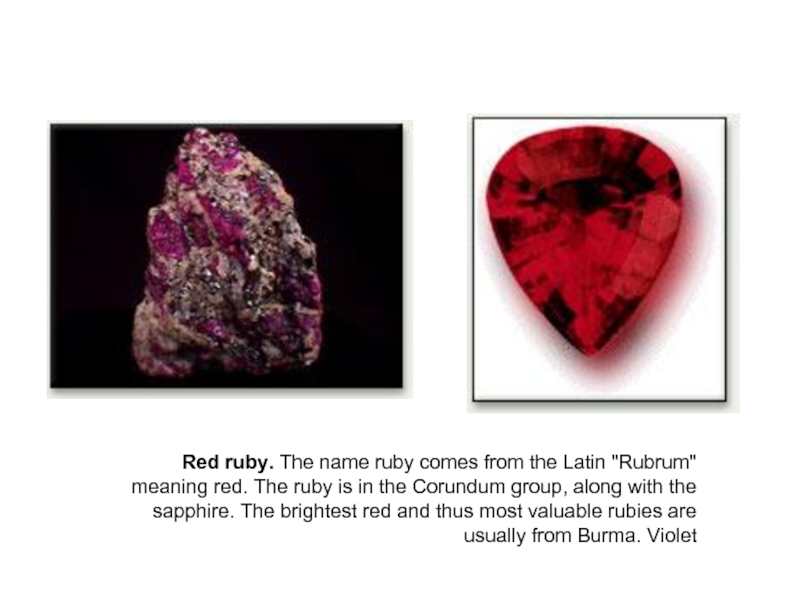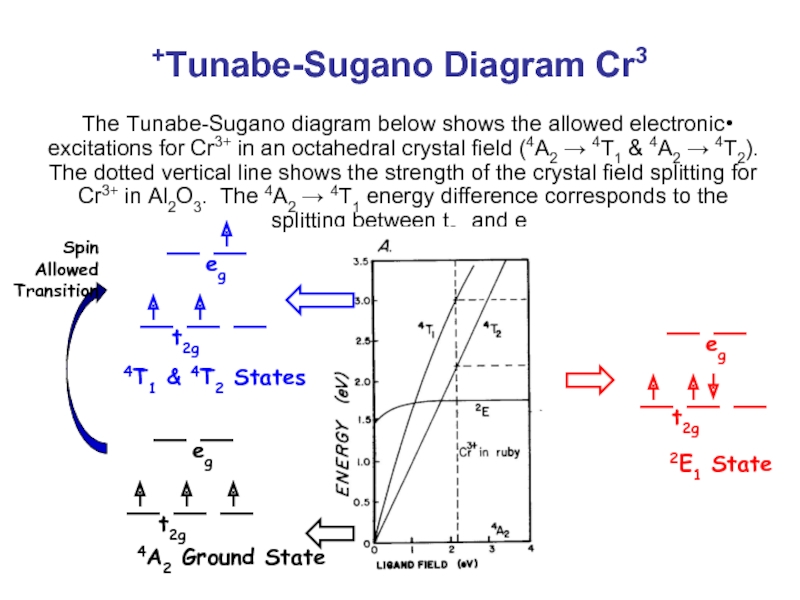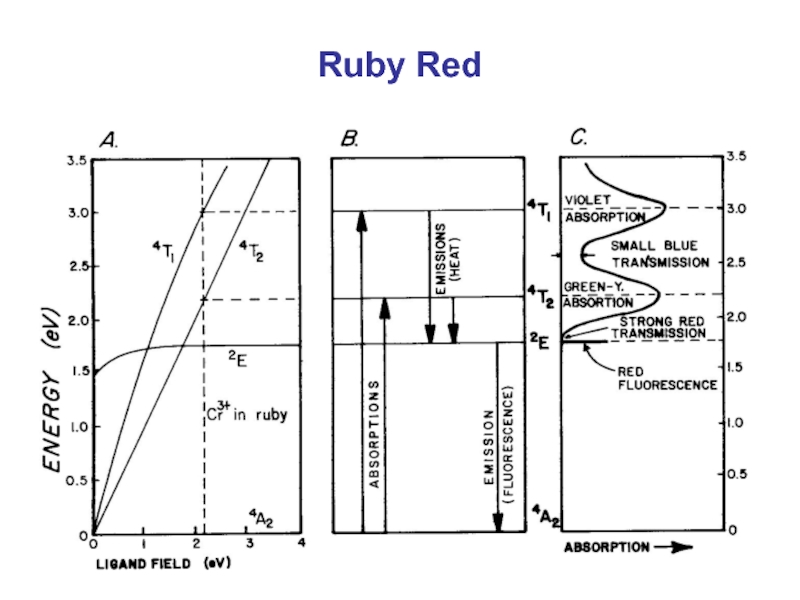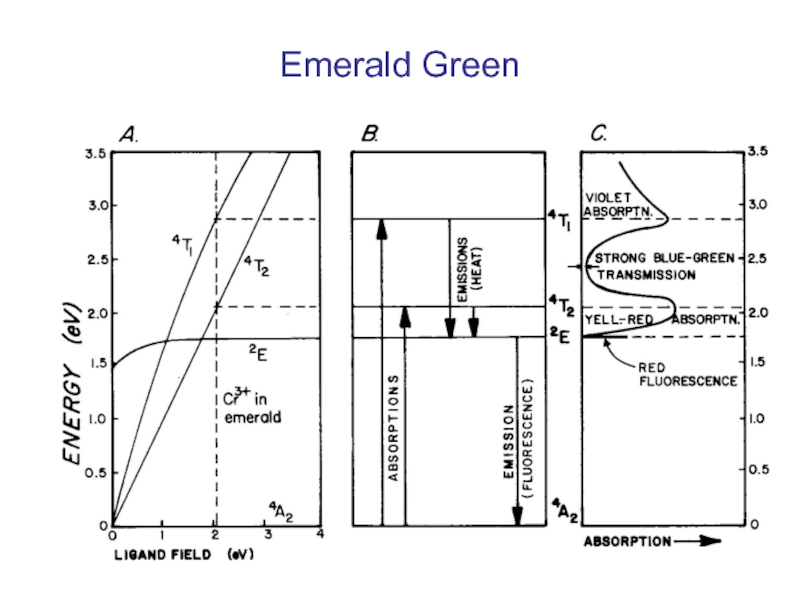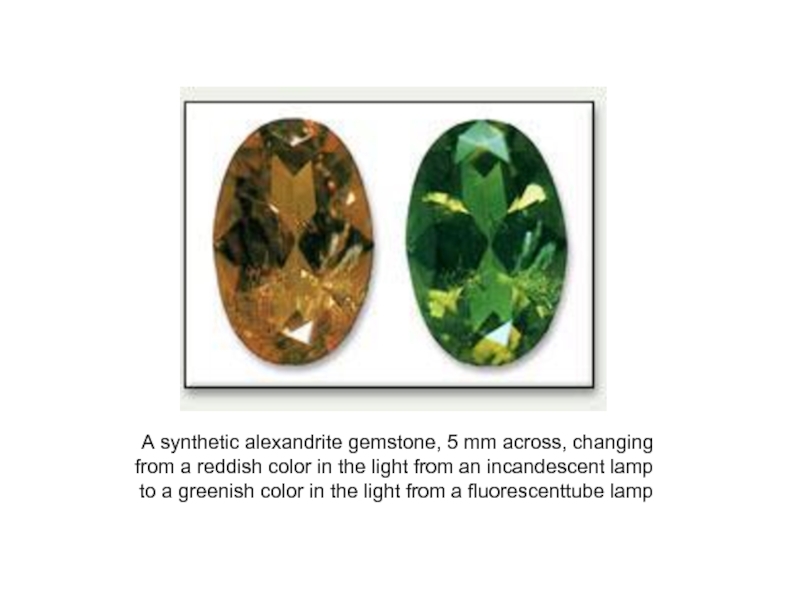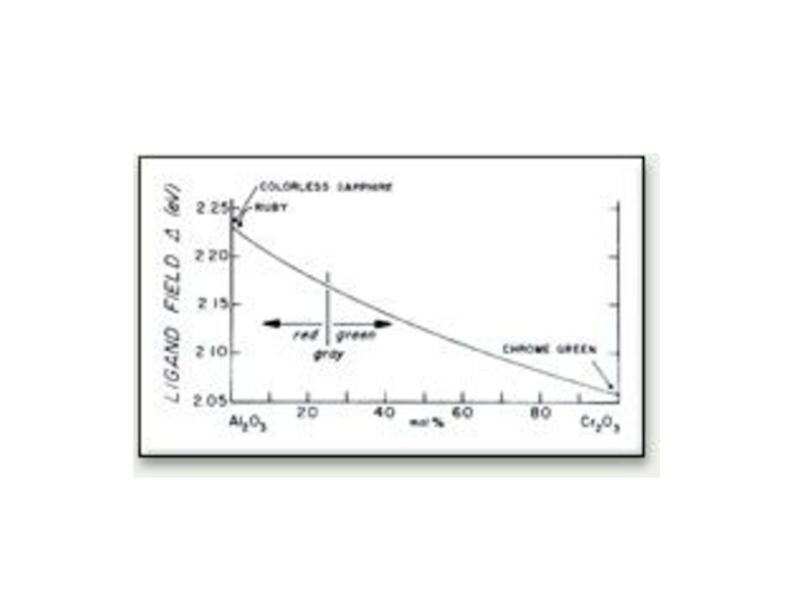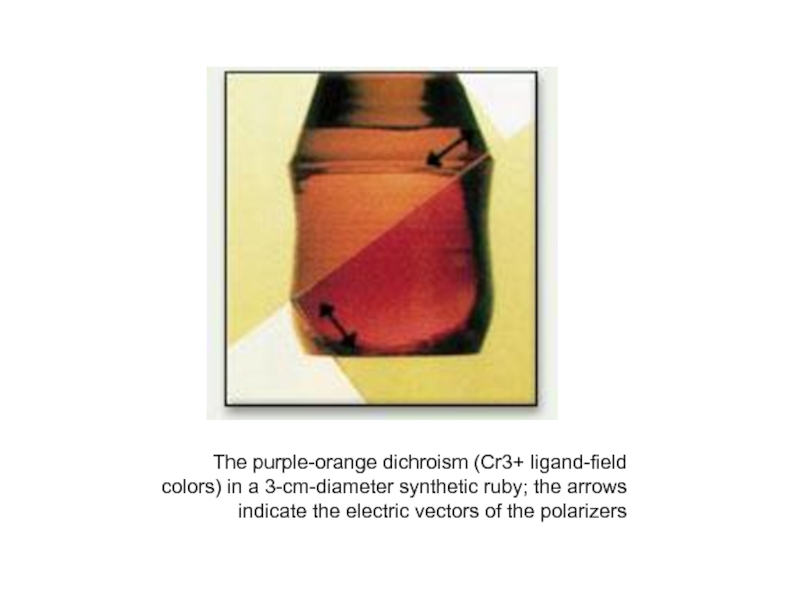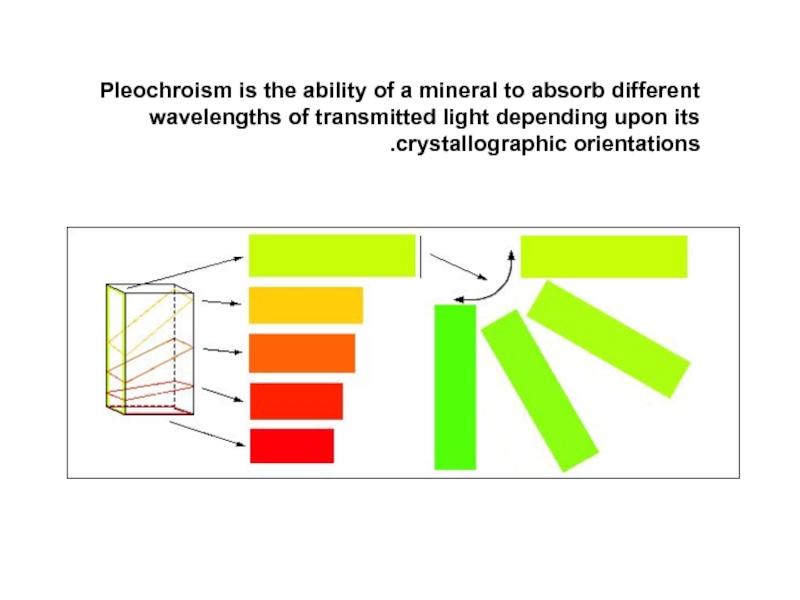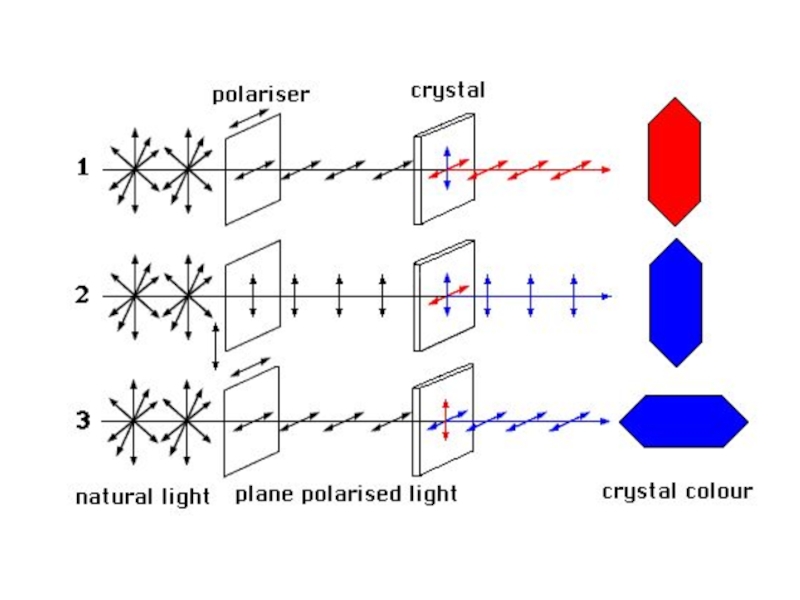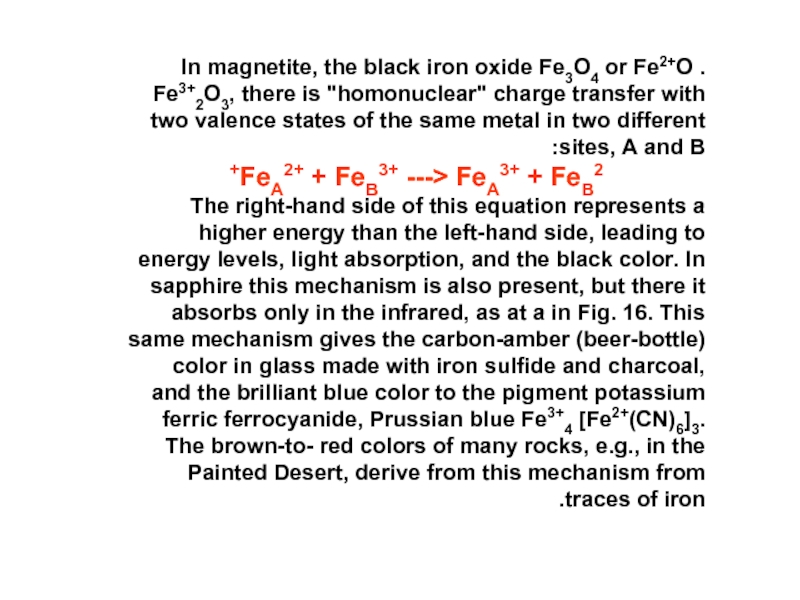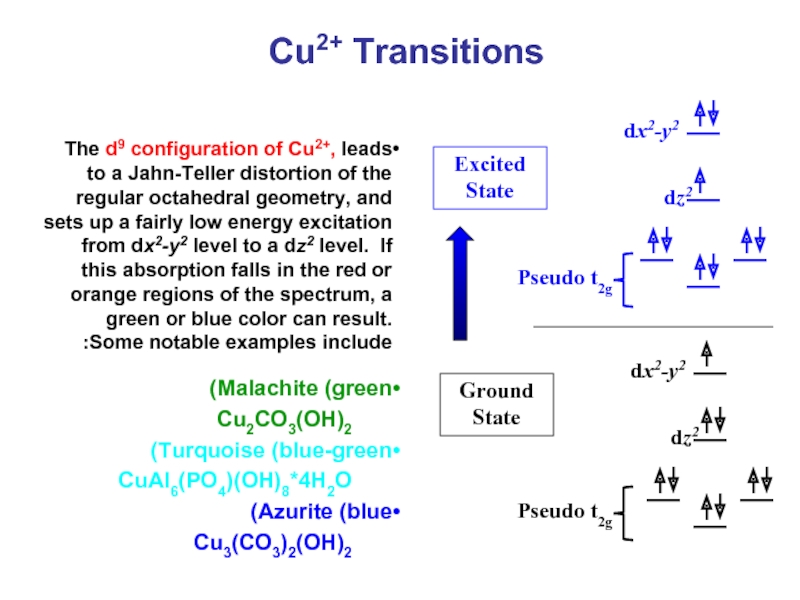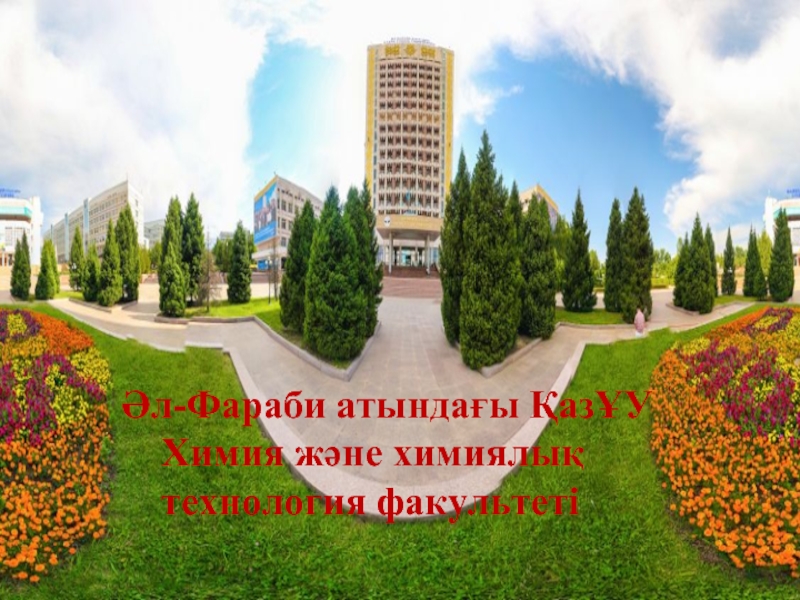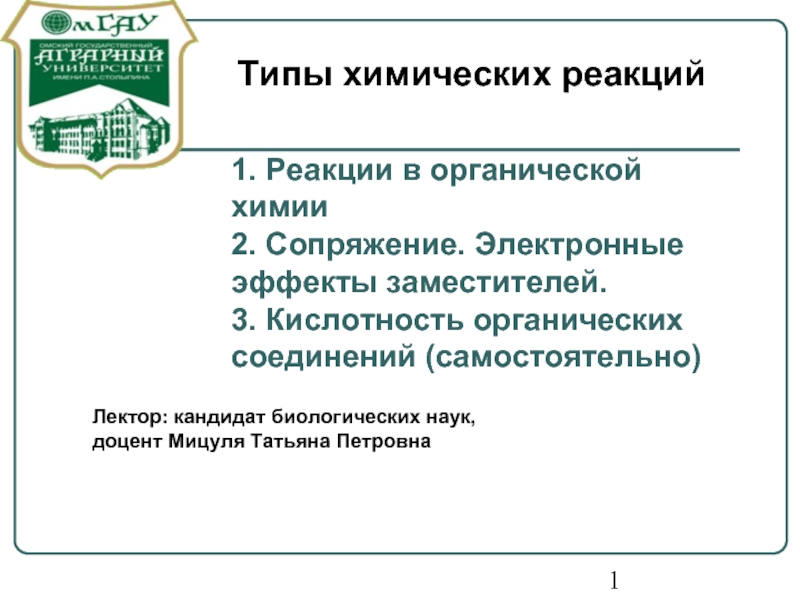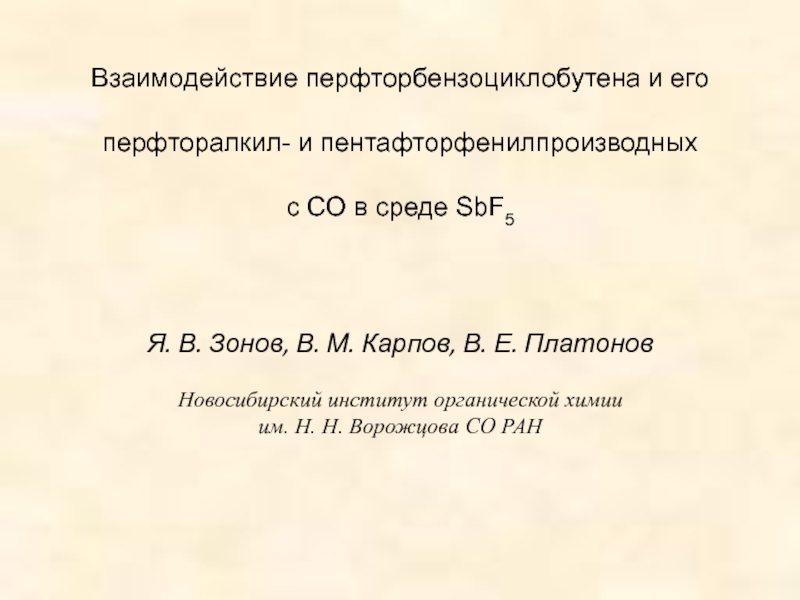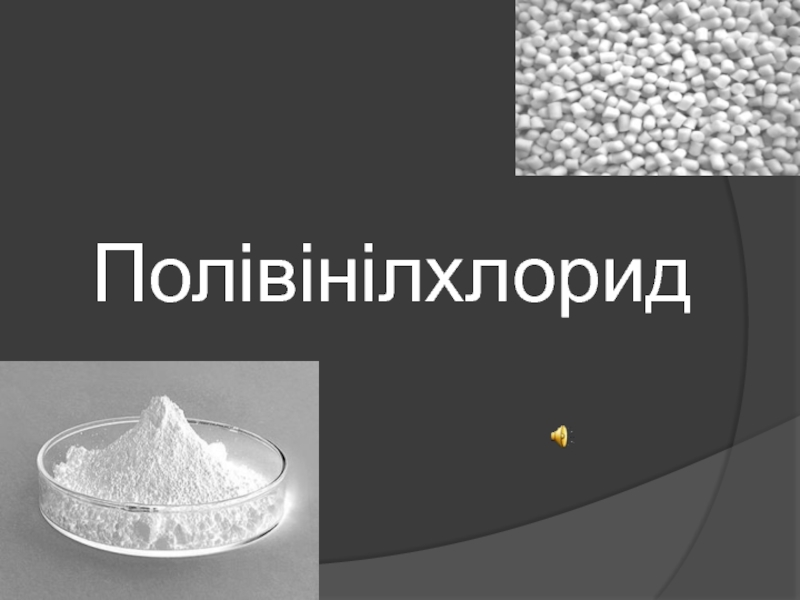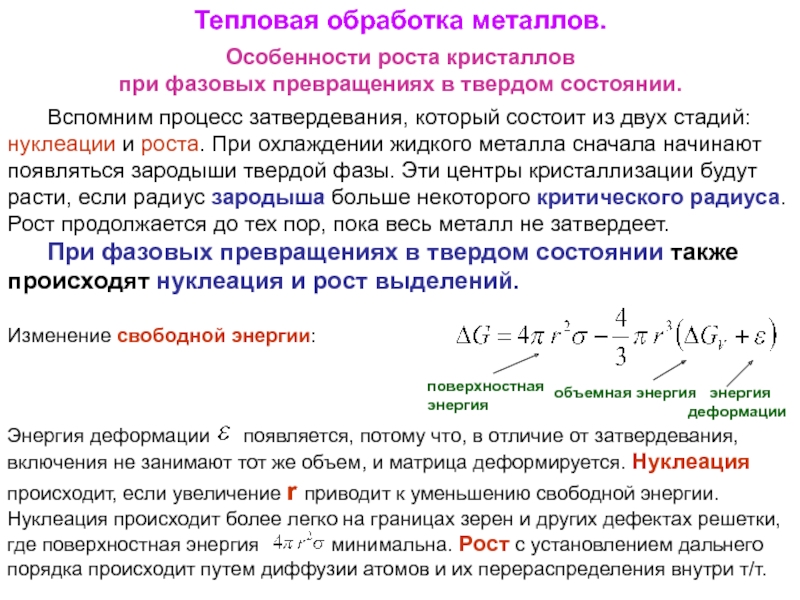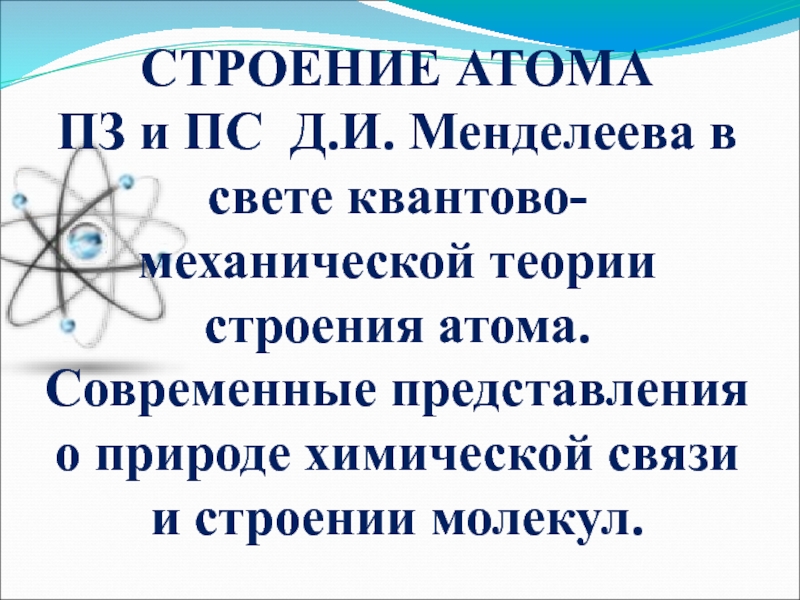- Главная
- Разное
- Дизайн
- Бизнес и предпринимательство
- Аналитика
- Образование
- Развлечения
- Красота и здоровье
- Финансы
- Государство
- Путешествия
- Спорт
- Недвижимость
- Армия
- Графика
- Культурология
- Еда и кулинария
- Лингвистика
- Английский язык
- Астрономия
- Алгебра
- Биология
- География
- Детские презентации
- Информатика
- История
- Литература
- Маркетинг
- Математика
- Медицина
- Менеджмент
- Музыка
- МХК
- Немецкий язык
- ОБЖ
- Обществознание
- Окружающий мир
- Педагогика
- Русский язык
- Технология
- Физика
- Философия
- Химия
- Шаблоны, картинки для презентаций
- Экология
- Экономика
- Юриспруденция
Crystal defects презентация
Содержание
- 1. Crystal defects
- 2. Perfect Crystals All atoms are at rest
- 3. Classification of defects in solids Zero-dimensional (point)
- 4. Thermodynamics of defect formation Perfect → imperfect
- 5. Now, N atoms distributed over N+n sites And n vacancies distributed over N+n sites
- 6. ΔH always positive ΔSosc always negative n/(N+n) < 1, ln < 0
- 8. Defect formation possible only due to increased
- 9. Crystal Defects Defects can affect Strength Conductivity Deformation style Color
- 11. NaCl Dissociation enthalpy for vacancies pairs ≈
- 13. AgCl Ag+ in interstitial sites. (Ag+)i tetrahedrally
- 14. Crystal Defects 2. Line Defects d) Edge
- 15. Crystal Defects 2. Line Defects e) Screw
- 16. Crystal Defects 3. Plane Defects f) Lineage
- 17. Crystal Defects 3. Plane Defects g) Domain
- 18. Crystal Defects 3. Plane Defects h)
- 20. Color depends on host crystal not on
- 24. Different types of color centres
- 25. Colors in the solid state
- 26. Electromagnetic Radiation and the Visible Spectrum
- 27. Color in Extended Inorganic Solids: absorption Intra-tomic
- 28. Gemstones
- 29. Cr3+ Gemstones Excitation of an electron from
- 30. Red ruby. The name ruby comes
- 31. Green emerald. The mineral is transparent emerald,
- 32. Tunabe-Sugano Diagram Cr3+ The Tunabe-Sugano diagram
- 33. Ruby Red
- 34. Emerald Green
- 35. A synthetic alexandrite gemstone, 5 mm across,
- 37. The purple-orange dichroism (Cr3+ ligand-field colors) in
- 38. Pleochroism is the ability of a mineral
- 40. Charge Transfer in Sapphire The deep blue
- 41. In magnetite, the black iron oxide Fe3O4
- 42. Cu2+ Transitions The d9 configuration of Cu2+,
- 43. Anion to Metal Charge Transfer Normally charge
Слайд 2Perfect Crystals
All atoms are at rest on their correct lattice position.
Hypothetically,
S=0
W=1, only one possible arrangement to have all N atoms exactly on their lattice points.
Vibration of atoms can be regarded as a form of defects.
Слайд 3Classification of defects in solids
Zero-dimensional (point) defects
Vacancies, Interstitial atoms (ions), Foreign
One-dimensional (linear) defects
Edge dislocation, screw dislocation
Two-dimensional (flat) defects
Antiphase boundary, shear plane, low angle twist
boundary, low angle tilt boundary, grain boundary, surface
Three-dimensional (spatial) defects
Pores, foreign inclusions
Слайд 4Thermodynamics of defect formation
Perfect → imperfect
n vacancies created
ΔG=Gdef-Gper=ΔH-TΔS
ΔH=n ΔHi
ΔHi: enthalpy of
ΔS=ΔSosc+ΔSc
ΔSosc: change of oscillation entropy of atoms surrounding the vacancy
ΔSc: change in cofigurational entropy of system on vacancies formation
Слайд 8Defect formation possible only due to increased configurational entropy in that
After n exceeds a certain limit, no significant increase in Sc is produced
Слайд 10
Schottky
defects
0⇄VM+VX
Stoichiometric defect, electroneutrality conserved
Vacancies carry
an effective charge
Oppositely charged
to each other in form
of pairs
Слайд 11NaCl
Dissociation enthalpy for vacancies pairs ≈ 120 kJ/mol.
At room temperature, 1
Corresponds to 10000 Schottky defect in 1 mg.
These are responsible for electrical and optical properties of NaCl.
Слайд 12
Frenkel
defects
MM ⇄ Mi+VM
XX ⇄ Xi+VX
Stochiometric defect
Oppositely charged
vacancies
stitial sites are attracted
to each other in form
of pairs.
Слайд 13AgCl
Ag+ in interstitial sites.
(Ag+)i tetrahedrally surrounded by 4 Cl- and 4
Some covalent interaction between (Ag+)i and Cl- (further stabilization of Frenkel defects).
Na+ harder, no covalent interaction with Cl-. Frenkel defects don’t occur in NaCl.
CaF2, ZrO2 (Fluorite structure): anion in interstitial sites.
Na2O (anti fluorite): cation in interstitial sites.
Слайд 14Crystal Defects
2. Line Defects
d) Edge dislocation
Migration aids ductile deformation
Fig 10-4 of
Слайд 15Crystal Defects
2. Line Defects
e) Screw dislocation (aids mineral growth)
Fig 10-5
Слайд 16Crystal Defects
3. Plane Defects
f) Lineage structure or mosaic crystal
Boundary of slightly
Lattices are close enough to provide continuity (so not separate crystals)
Has short-range order, but not long-range (V4)
Fig 10-1 of Bloss, Crystallography and Crystal Chemistry. © MSA
Слайд 17Crystal Defects
3. Plane Defects
g) Domain structure (antiphase domains)
Also has short-range
Fig 10-2 of Bloss, Crystallography and Crystal Chemistry. © MSA
Слайд 18Crystal Defects
3. Plane Defects
h) Stacking faults
Common in clays and low-T disequilibrium
A
ABCABCABCABABCABC
AAAAAABAAAAAAA
ABABABABABCABABAB
Слайд 19
Color centres
F-centres
NaCl exposed to Na vapor.
Absorbed Na ionized.
Electron diffuses into
Equal number of Cl- move outwards to the surface.
Classical example of particle in a box.
Na+
Na+
Na+
Na+
Na+
Na+
Na+
Na+
Na+
Na+
Na+
Na+
Na+
Na+
Na+
Na+
Cl-
Cl-
Cl-
Cl-
Cl-
Cl-
Cl-
Cl-
Cl-
Cl-
Cl-
Cl-
Cl-
Cl-
Cl-
e
Nonstoichiometric
greenish yellow
Слайд 20Color depends on host crystal not on nature of vapor.
K vapors
Color centres can be investigated by ESR.
Radiation with X-rays produce also color centres.
Due to ionization of Cl-.
Слайд 22
H-centres
Na+
Na+
Na+
Na+
Na+
Na+
Na+
Na+
Na+
Na+
Na+
Na+
Na+
Na+
Na+
Cl-
Cl-
Cl-
Cl-
Cl-
Cl-
Cl-
Cl
Cl-
Cl-
Cl-
Cl-
Cl-
Cl-
Cl-
Cl2- ion parallel to the [101] direction.
Covalent bond between Cl and
Слайд 23
V-centres
Na+
Na+
Na+
Na+
Na+
Na+
Na+
Na+
Na+
Na+
Na+
Na+
Na+
Na+
Na+
Cl-
Cl-
Cl-
Cl-
Cl-
Cl-
Cl-
Cl
Cl-
Cl-
Cl-
Cl-
Cl-
Cl-
Cl-
Cl2- ion parallel to the [101] direction.
Covalent bond between Cl and
Cl-
Cl
Слайд 26
Electromagnetic Radiation and the Visible Spectrum
UV 100-400 nm 12.4 - 3.10 eV
Violet
Blue 425-492 nm 2.92 - 2.52 eV
Green 492-575 nm 2.52 - 2.15 eV
Yellow 575-585 nm 2.15 - 2.12 eV
Orange 585-647 nm 2.12 - 1.92 eV
Red 647-700 nm 1.92 - 1.77 eV
Near IR 10,000-700 nm 1.77 - 0.12 eV
If absorbance occurs in one region of the color wheel the material appears with the opposite (complimentary color). For example:
a material absorbs violet light → Color = Yellow
a material absorbs green light → Color = Red
a material absorbs violet, blue & green → Color = Orange-Red
a material absorbs red, orange & yellow → Color = Blue
E = hc/λ = {(4.1357 x 10-15 eV-s)(2.998 x 108 m/s)}/λ
E (eV) = 1240/λ(nm)
Слайд 27Color in Extended Inorganic Solids: absorption
Intra-tomic (Localized) excitations
Cr3+ Gemstones (i.e. Cr3+
Blue and Green Cu2+ compounds (i.e. malachite, turquoise)
Blue Co2+ compounds (i.e. Al2CoO4, azurite)
Charge-transfer excitations (metal-metal, anion-metal)
Fe2+ → Ti4+ in sapphire
Fe2+ → Fe3+ in Prussian Blue
O2- → Cr6+ in BaCrO4
Valence to Conduction Band Transitions in Semiconductors
WO3 (Yellow)
CdS (Yellow) & CdSe
HgS (Cinnabar - Red)/ HgS (metacinnabar - Black)
Intraband excitations in Metals
Strong absorption within a partially filled band leads to metallic lustre or black coloration
Most of the absorbed radiation is re-emitted from surface in the form of
visible light → high reflectivity (0.90-0.95)
Слайд 29Cr3+ Gemstones
Excitation of an electron from one d-orbital to another d-orbital
Слайд 30
Red ruby. The name ruby comes from the Latin "Rubrum" meaning
Слайд 31Green emerald. The mineral is transparent emerald, the green variety of
Слайд 32
Tunabe-Sugano Diagram Cr3+
The Tunabe-Sugano diagram below shows the allowed electronic excitations
4T1 & 4T2 States
4A2 Ground State
2E1 State
Spin Allowed Transition
Слайд 35A synthetic alexandrite gemstone, 5 mm across, changing from a reddish
Слайд 37The purple-orange dichroism (Cr3+ ligand-field colors) in a 3-cm-diameter synthetic ruby;
Слайд 38Pleochroism is the ability of a mineral to absorb different wavelengths
Слайд 40Charge Transfer in Sapphire
The deep blue color the gemstone sapphire is
Fe2+ + Ti4+ → Fe3+ + Ti3+ (λmax ~ 2.2 eV, 570 nm)
The transition is facilitated by the geometry of the Al2O3 structure where the two ions share an octahedral face, which allows for favorable overlap of the dz2 orbitals.
Unlike the d-d transition in Ruby, the charge-transfer excitation in sapphire is fully allowed. Therefore, the color in sapphire requires only ~ 0.01% impurities, while ~ 1% impurity level is needed in ruby.
Слайд 41In magnetite, the black iron oxide Fe3O4 or Fe2+O . Fe3+2O3,
FeA2+ + FeB3+ ---> FeA3+ + FeB2+
The right-hand side of this equation represents a higher energy than the left-hand side, leading to energy levels, light absorption, and the black color. In sapphire this mechanism is also present, but there it absorbs only in the infrared, as at a in Fig. 16. This same mechanism gives the carbon-amber (beer-bottle) color in glass made with iron sulfide and charcoal, and the brilliant blue color to the pigment potassium ferric ferrocyanide, Prussian blue Fe3+4 [Fe2+(CN)6]3. The brown-to- red colors of many rocks, e.g., in the Painted Desert, derive from this mechanism from traces of iron.
Слайд 42Cu2+ Transitions
The d9 configuration of Cu2+, leads to a Jahn-Teller distortion
Malachite (green)
Cu2CO3(OH)2
Turquoise (blue-green)
CuAl6(PO4)(OH)8*4H2O
Azurite (blue)
Cu3(CO3)2(OH)2
Ground State
Excited State
Слайд 43Anion to Metal Charge Transfer
Normally charge transfer transitions from an anion
Ca3(VO4)2 (tetrahedral V5+) Color = White
PbCrO4 (tetrahedral Cr6+) Color = Yellow
CaCrO4 & K2CrO4 (tetrahedral Cr6+) Color = Yellow
PbMoO4 (tetrahedral Mo6+) Color = Yellow
KMnO4 (tetrahedral Mn7+) Color = Maroon
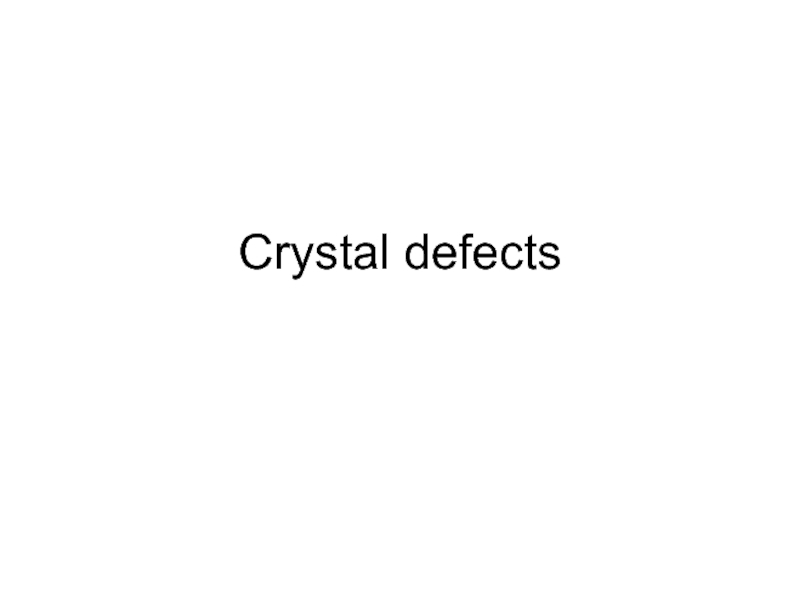
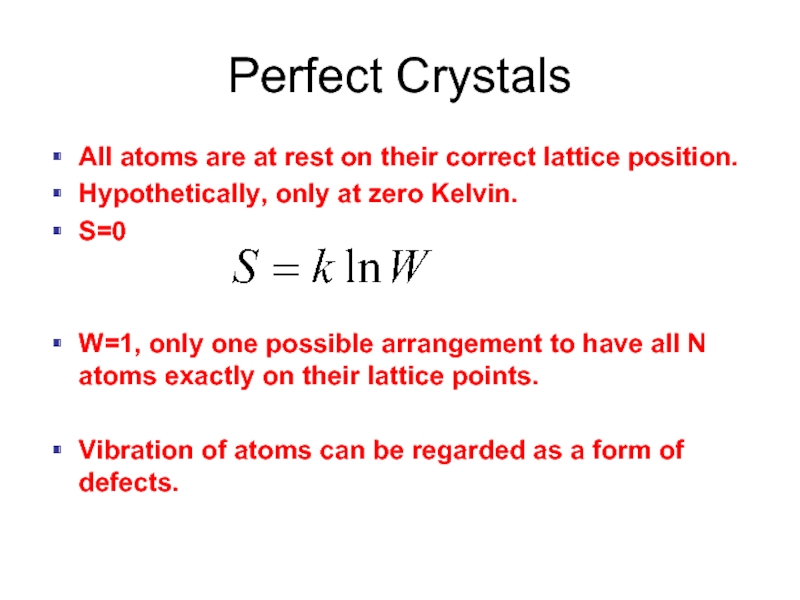
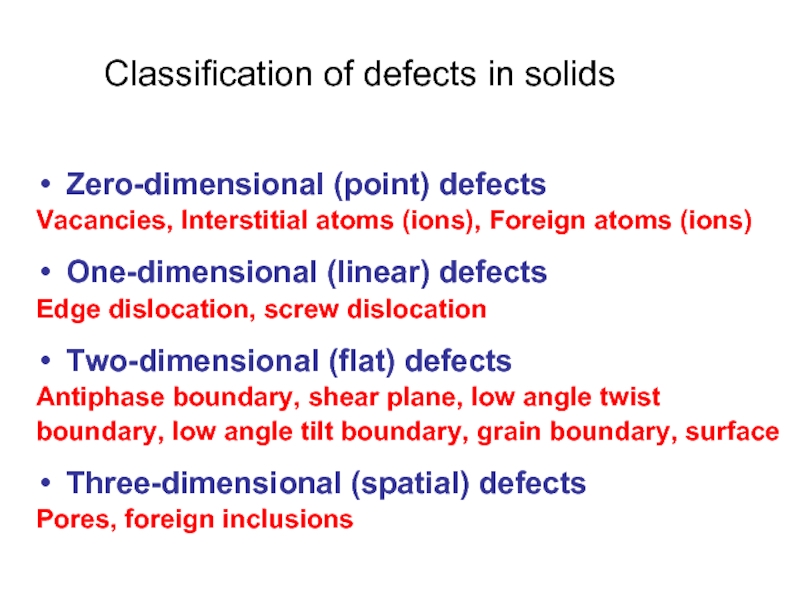
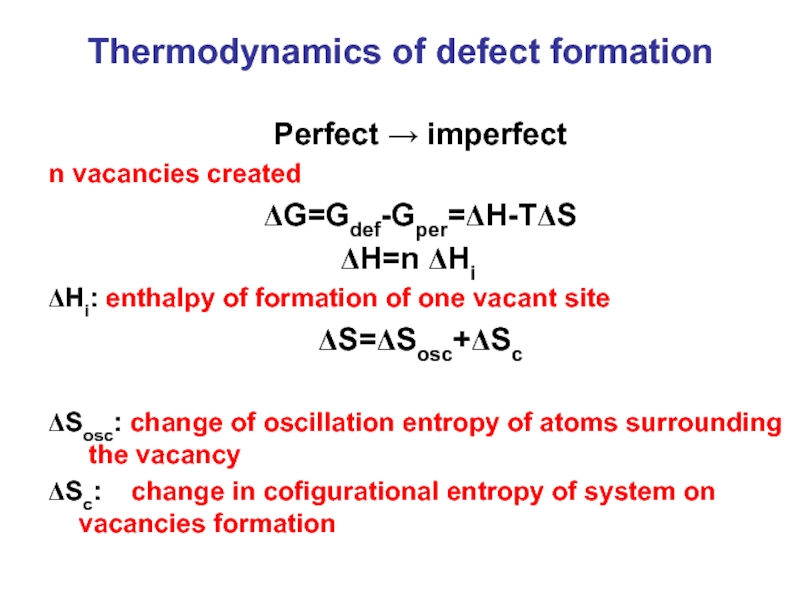
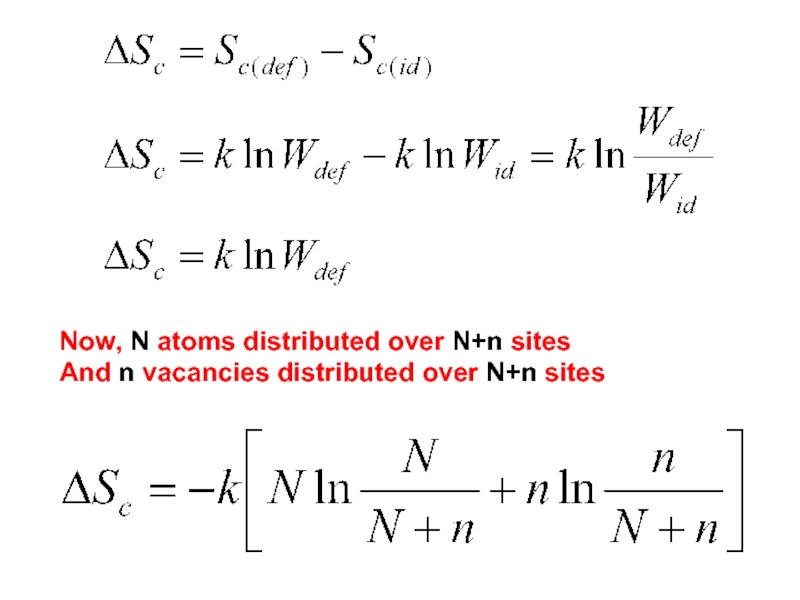
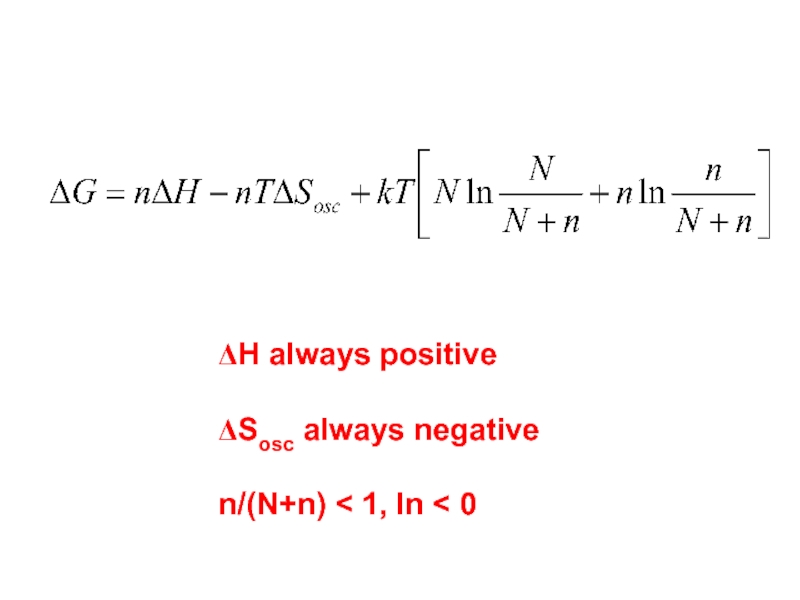
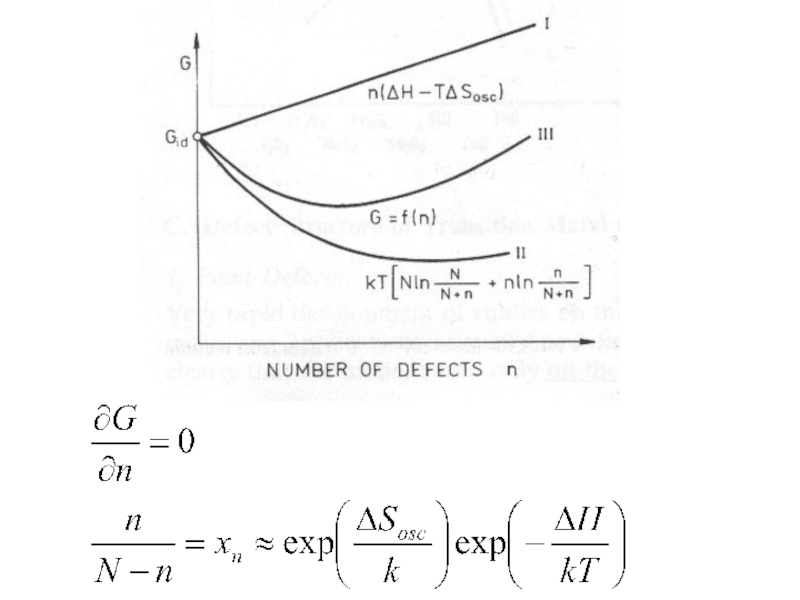
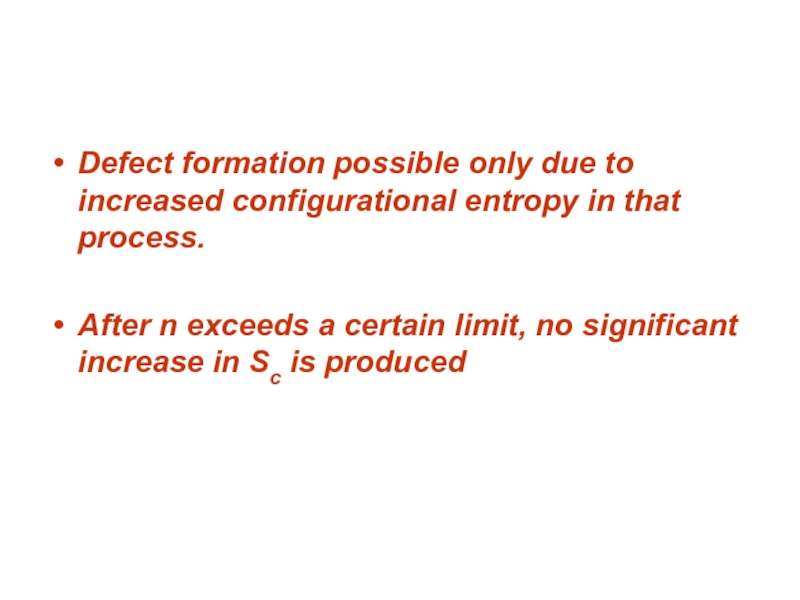
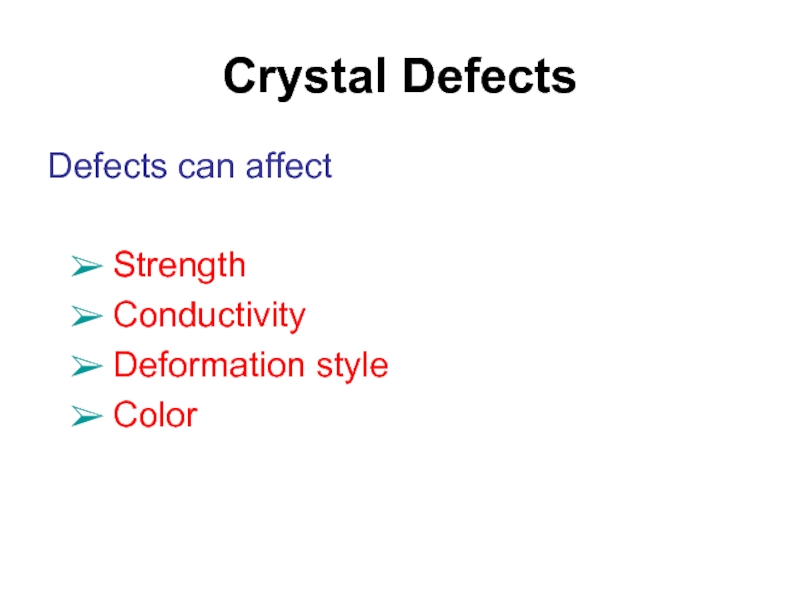
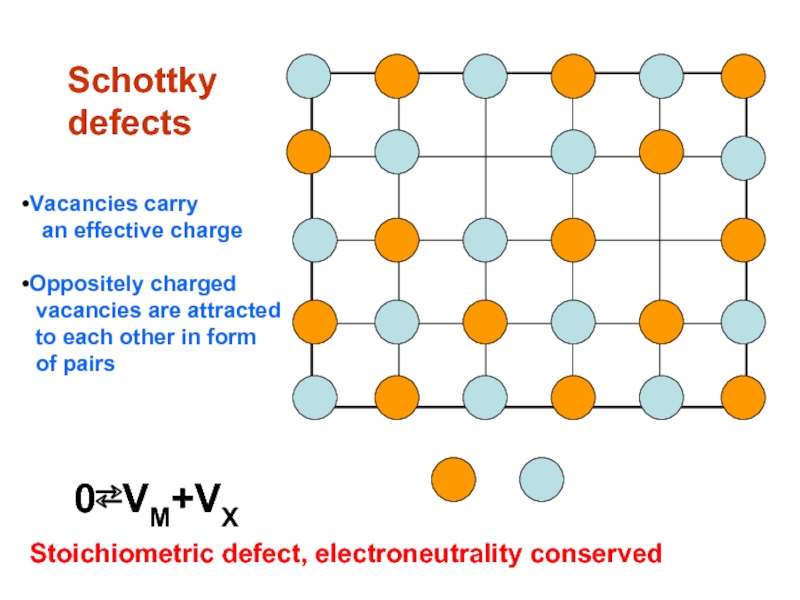
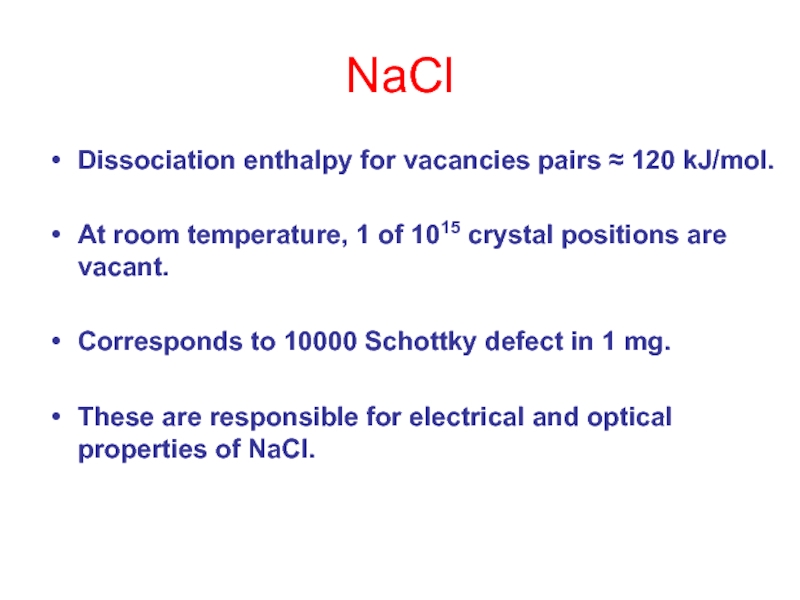
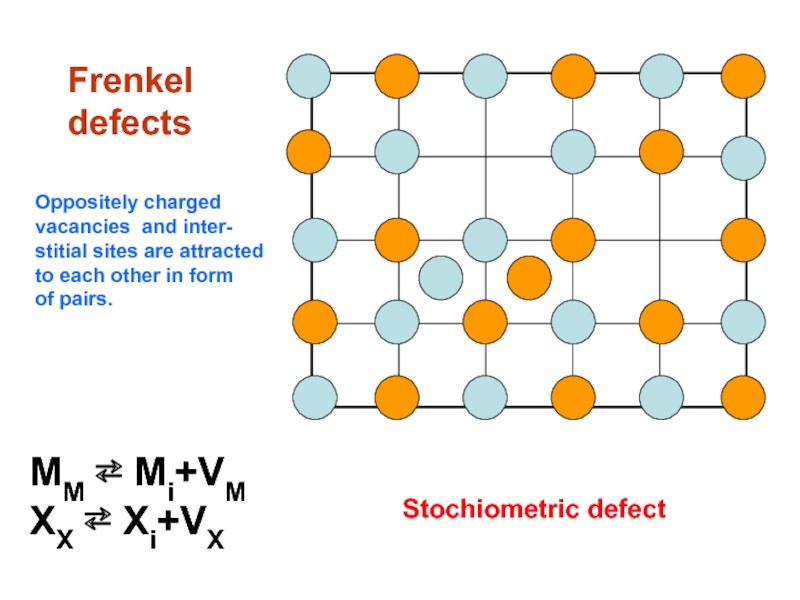
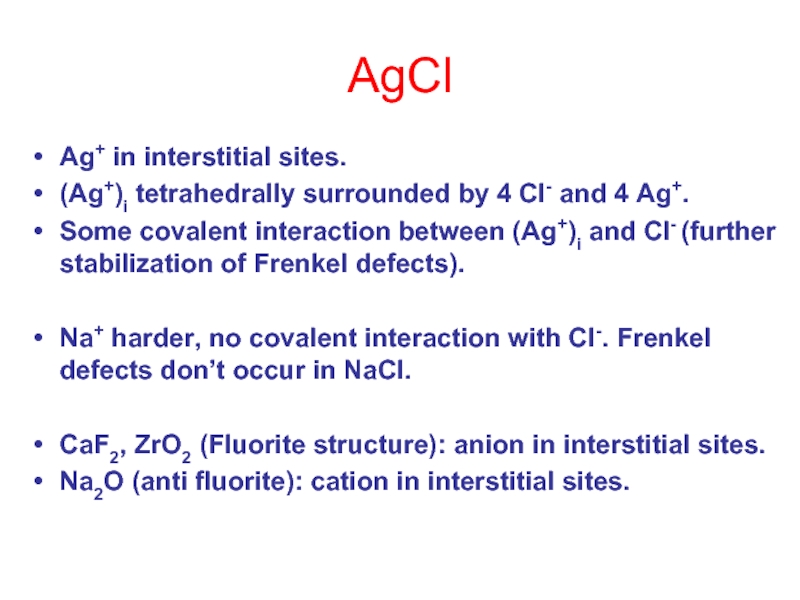
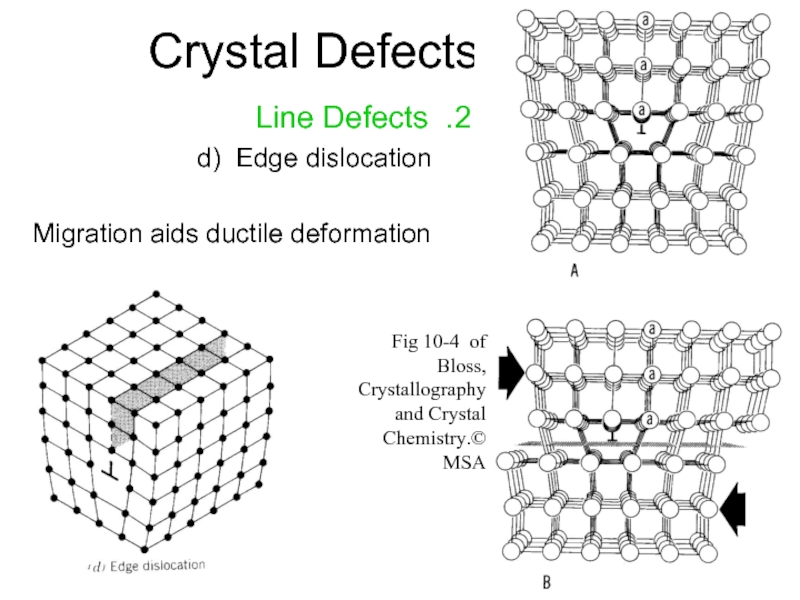
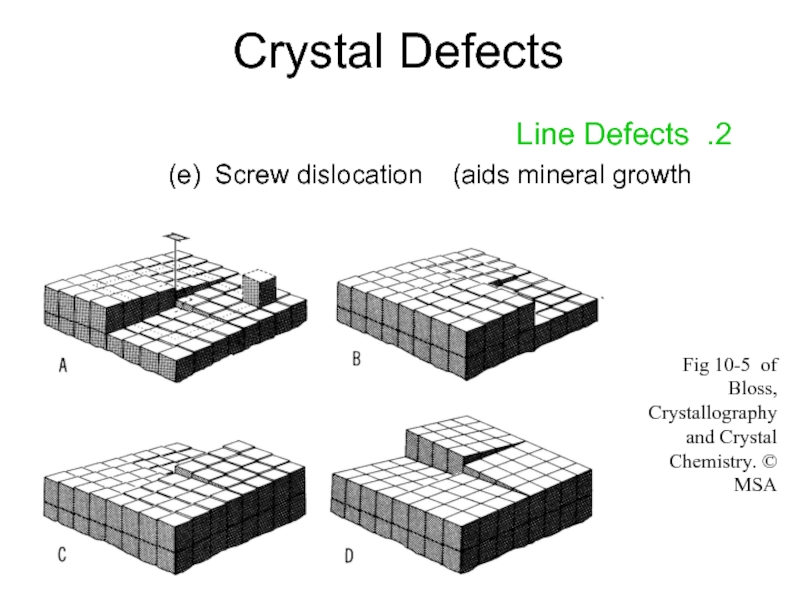
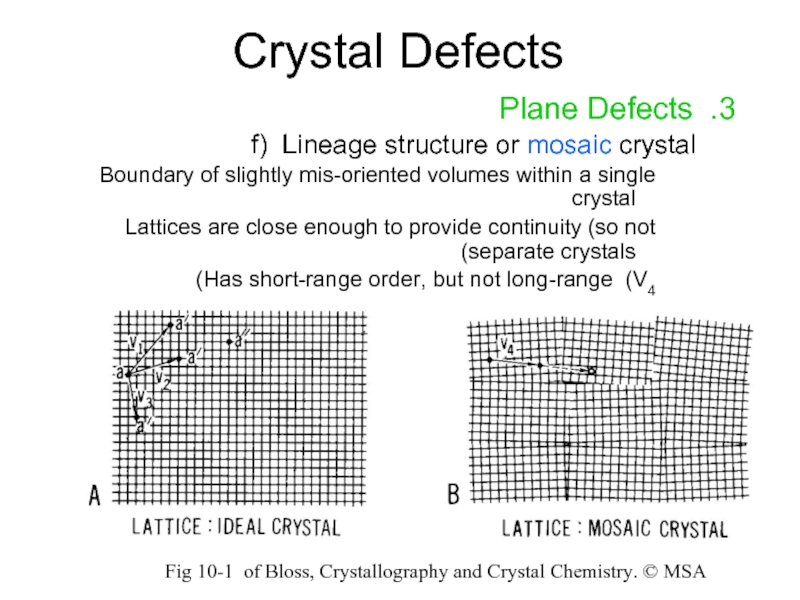
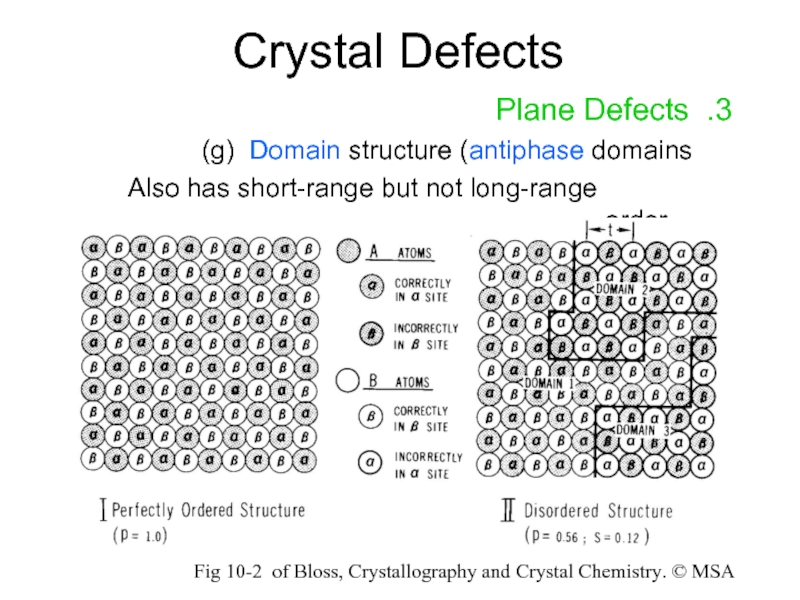
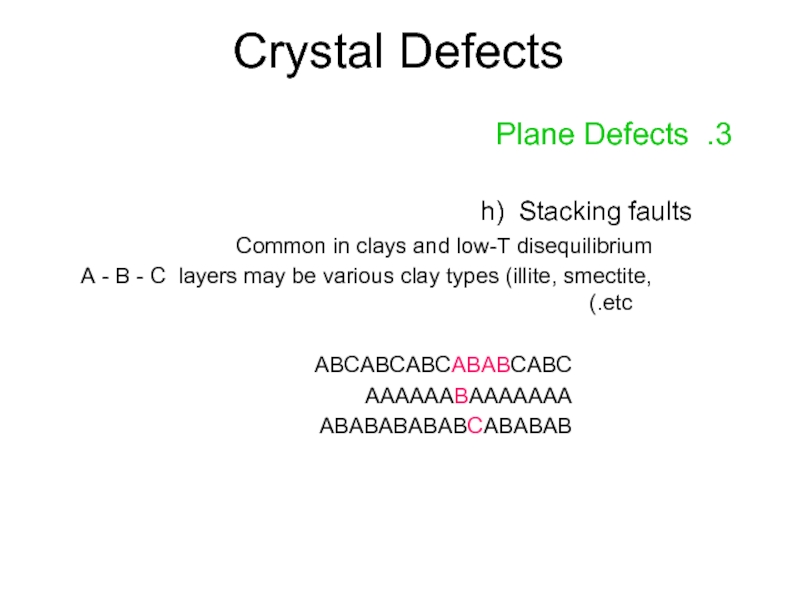
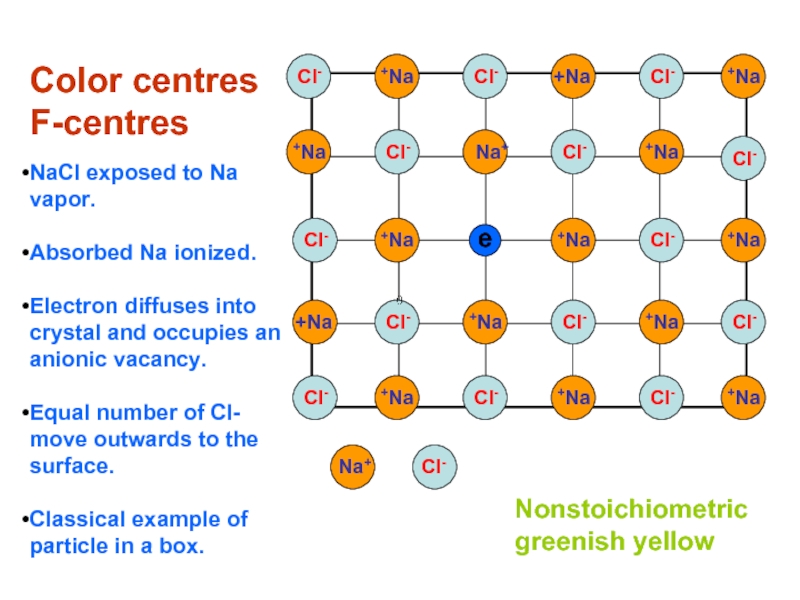
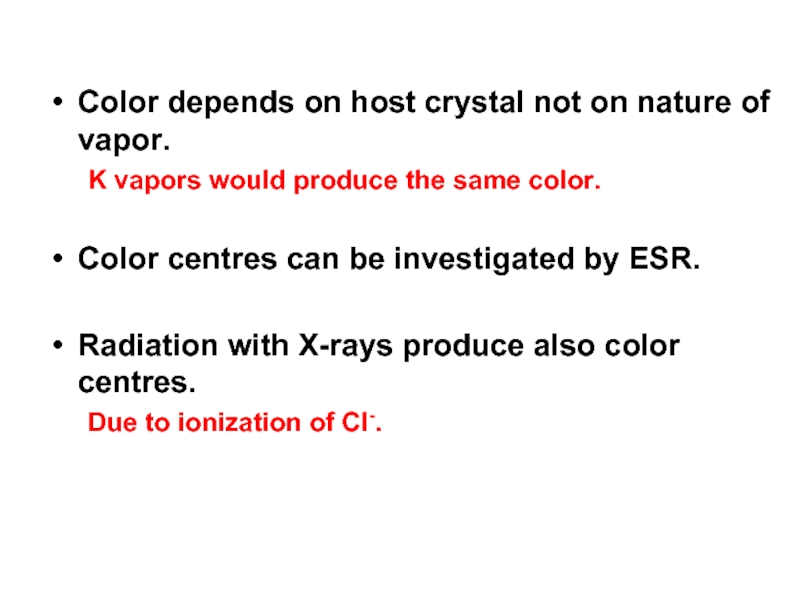

![H-centresNa+Na+Na+Na+Na+Na+Na+Na+Na+Na+Na+Na+Na+Na+Na+Cl-Cl-Cl-Cl-Cl-Cl-Cl-ClCl-Cl-Cl-Cl-Cl-Cl-Cl-Cl2- ion parallel to the [101] direction.Covalent bond between Cl and Cl-.](/img/tmb/1/28873/08c854e4487e21ac202c08b95e35e6c3-800x.jpg)
![V-centresNa+Na+Na+Na+Na+Na+Na+Na+Na+Na+Na+Na+Na+Na+Na+Cl-Cl-Cl-Cl-Cl-Cl-Cl-ClCl-Cl-Cl-Cl-Cl-Cl-Cl-Cl2- ion parallel to the [101] direction.Covalent bond between Cl and Cl-. Cl-Cl](/img/tmb/1/28873/e31605ce1f1254cda5b2a0811eca370d-800x.jpg)
